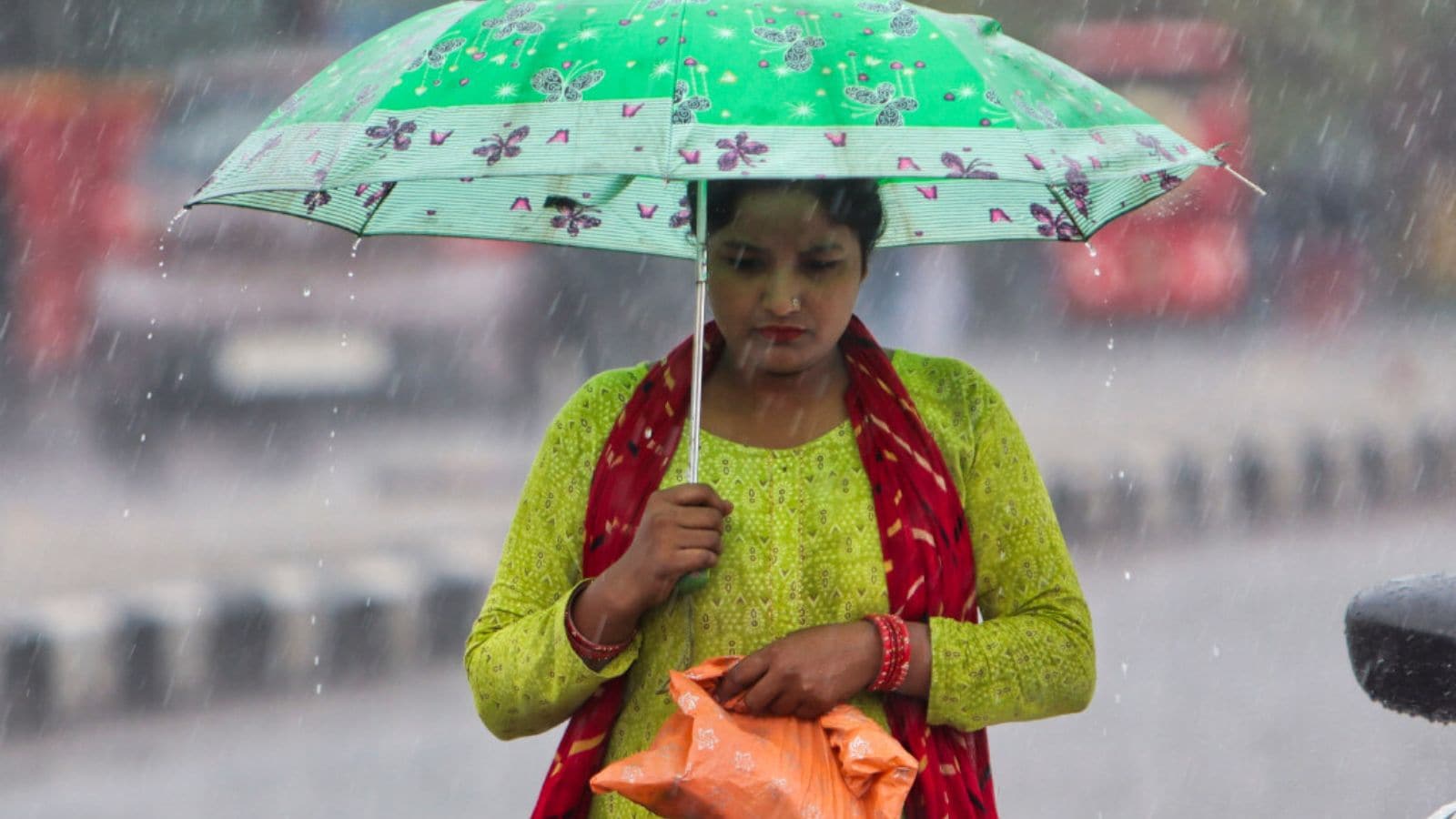Copyright news18

As winter approaches, the National Capital Region (NCR) is once again battling toxic air. Following Diwali celebrations, the city’s air quality had plunged to the ‘severe’ category, causing widespread discomfort. On Saturday, October 25, the Central Pollution Control Board (CPCB) recorded a slight improvement, with Delhi’s overall Air Quality Index (AQI) at 259, placing it in the ‘poor’ category. Despite this marginal improvement, residents continue to grapple with dense smog, breathing difficulties, and eye irritation, common issues during the low-temperature, low-wind winter months that trap pollutants near the ground. This year, the Delhi government is turning to cloud seeding, an innovative attempt to artificially induce rainfall, hoping to wash away some of the pollution. But experts caution that this approach may offer only temporary relief. What is Cloud Seeding? Cloud seeding, or artificial rain, is a weather modification technique designed to enhance a cloud’s ability to produce precipitation. Chemicals such as silver iodide, potassium iodide, or sodium chloride are dispersed into clouds to stimulate condensation. Meteorologists target clouds that have sufficient moisture but cannot produce adequate rainfall naturally. These particles serve as nuclei around which water droplets or ice crystals can form. As droplets collide and grow, they eventually fall as rain. First developed in the 1940s, cloud seeding has been used worldwide to increase rainfall, reduce hail damage, mitigate forest fires, and, in some cases, improve air quality by clearing dust and pollutants from the atmosphere. Delhi’s Cloud Seeding Plan Delhi aims to carry out artificial rain experiments next week. Chief Minister Rekha Gupta confirmed that a successful trial had already been conducted in Burari. Posting on X, she said, “Preparations have been completed for the first time in Delhi to induce artificial rain through cloud seeding. Today, experts have successfully tested it in the Burari area.” According to the Delhi government, clouds are expected over the city on October 28, 29, and 30. If conditions are favourable, the first artificial rainfall could occur on October 29. “This initiative is not only historic from a technical perspective but is also set to establish a scientific method to combat pollution in Delhi. The government’s objective is to make the capital’s air clean and the environment balanced through this innovation,” the CM further said. दिल्ली में पहली बार क्लाउड सीडिंग के माध्यम से कृत्रिम वर्षा कराने की तैयारियां पूरी कर ली गई हैं। आज विशेषज्ञों द्वारा बुराड़ी क्षेत्र में इसका सफल परीक्षण किया गया है। मौसम विभाग ने 28, 29 और 30 अक्टूबर को बादलों की उपस्थिति की संभावना जताई है। यदि परिस्थितियां अनुकूल रहीं, तो… — Rekha Gupta (@gupta_rekha) October 23, 2025 Will Cloud Seeding Work? Cloud seeding can help remove particulate matter from the air, such as PM2.5 and PM10, which settle with rainfall. However, pollutants like ozone and sulfur dioxide are unaffected. The effectiveness of cloud seeding remains debated. Shehzad Gani and Krishna Achyuta Rao of IIT Delhi’s Centre for Atmospheric Sciences wrote in The Hindu that even under ideal conditions, “evidence of reliable increases in rainfall from seeding remains weak and controversial”, adding that “relief is mostly temporary, with pollution levels rising again within a day or two”. Potential Risks While the chemicals used in cloud seeding are generally considered safe in small quantities, repeated use could accumulate in soil and water, affecting the environment. Experts also caution about accountability; if cloud seeding coincides with heavy rains, resulting in floods or damage to property and crops, responsibility remains unclear. Operational Details The Delhi-NCR cloud seeding project will deploy five modified Cessna planes. During trial flights, a Cessna 206-H from IIT Kanpur was used. Each plane’s 90-minute flight can cover roughly 100 square kilometres. Since Delhi-NCR spans about 55,000 square kilometres, the experiments will focus on the most polluted areas, particularly north-west Delhi. The expected effect is localised, providing temporary relief to parts of the city and surrounding areas. India’s Experience with Cloud Seeding Cloud seeding is not new to India. States such as Maharashtra, Karnataka, Andhra Pradesh, Gujarat, and Tamil Nadu have conducted cloud seeding experiments, often to alleviate droughts or improve agricultural yields. India’s first experiment was carried out by the Indian Institute of Tropical Meteorology in 1972. Programs like CAIPEEX (Cloud Aerosol Interaction and Precipitation Enhancement Experiment) suggest potential rainfall increases of 15-20% under favourable conditions. However, replicating such results in densely populated urban centers like Delhi during dry winters remains a challenge.



